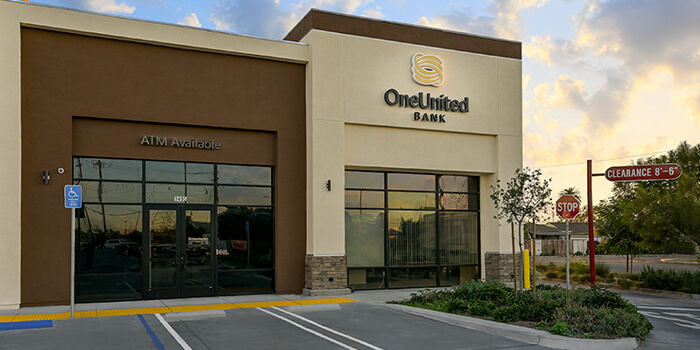Black Homeownership
5-Steps to Own Your Next Home
Black homeownership is not just an issue of wealth, but also of equity and opportunity. As the nation’s largest Black owned bank, we understand the importance of homeownership. Here are 5 steps that you can take to own your next home.
As background, Black American homeownership in 2022 is at one of its lowest levels since the 1960s. The 2022 The Double Trouble of the Housing Market report shows that the homeownership rate for whites has hovered around 70% since 2017, yet for Black Americans the rate is below 40%. The reasons for the racial homeownership gap are complex and varied—ranging from discriminatory lending and appraisal practices to lower credit scores among Black Americans compared to other communities. However, we shall overcome!
In this guide, we’ll explore the challenges of buying a home and how to overcome them so you can be on your way to owning your next home!














